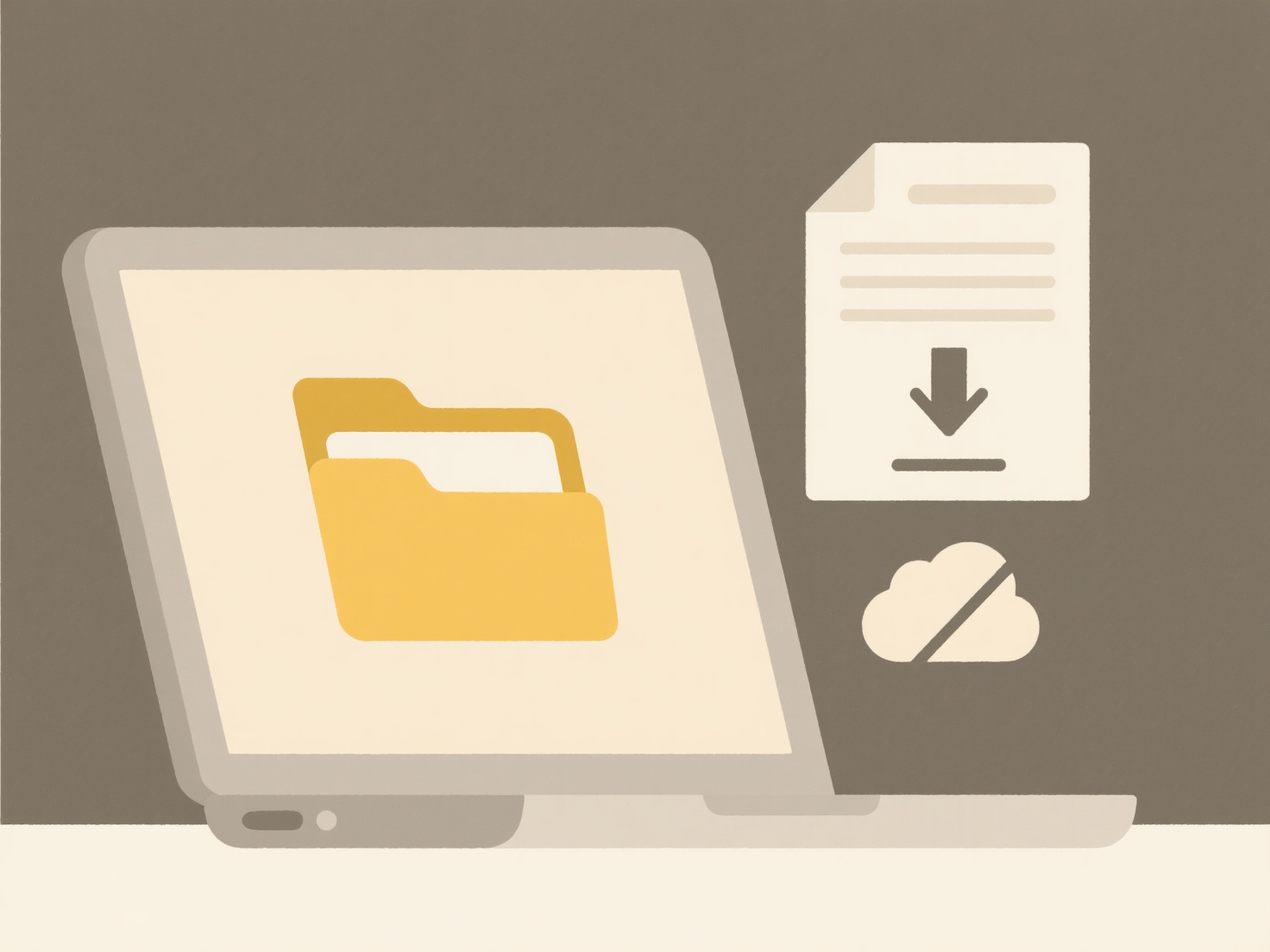
Converting unsupported formats on mobile involves using specific applications to change a file from a type your device or other apps cannot natively open or play into a compatible one. Instead of relying on built-in system capabilities like desktop operating systems might, mobile solutions typically require dedicated third-party converter apps. These apps either process the file directly on your device ('on-device conversion') or upload it to a remote server for conversion ('cloud-based conversion'), allowing you to handle files beyond your phone's default capabilities, such as changing a FLAC audio file to MP3 or a WebM video to MP4.

In practice, this is commonly done using free or paid apps available on app stores. For document conversion (e.g., DOCX to PDF), users might employ office suite apps like Microsoft Word mobile or dedicated tools like CloudConvert's app. Media conversion (e.g., MKV video to MP4, FLAC to MP3) is frequently handled by versatile players with built-in conversion like VLC Media Player or specialized apps like Video Converter. Cloud-based services like Zamzar accessed via a mobile browser also offer format conversion without installing a dedicated app, useful for one-off needs. This is essential for professionals sharing documents or consumers managing diverse media libraries.
The main advantages are immediate portability and access to files anywhere without needing a computer. However, limitations include potential quality loss during conversion (especially compression for smaller file sizes), processor-intensive tasks draining battery and storage, and security risks when uploading sensitive files to unknown cloud services. Future enhancements focus on faster on-device AI-driven conversion and seamless integration within productivity suites. While crucial for workflow continuity, users must choose reputable apps to mitigate security and privacy risks.
How can I convert unsupported formats on mobile?
Converting unsupported formats on mobile involves using specific applications to change a file from a type your device or other apps cannot natively open or play into a compatible one. Instead of relying on built-in system capabilities like desktop operating systems might, mobile solutions typically require dedicated third-party converter apps. These apps either process the file directly on your device ('on-device conversion') or upload it to a remote server for conversion ('cloud-based conversion'), allowing you to handle files beyond your phone's default capabilities, such as changing a FLAC audio file to MP3 or a WebM video to MP4.

In practice, this is commonly done using free or paid apps available on app stores. For document conversion (e.g., DOCX to PDF), users might employ office suite apps like Microsoft Word mobile or dedicated tools like CloudConvert's app. Media conversion (e.g., MKV video to MP4, FLAC to MP3) is frequently handled by versatile players with built-in conversion like VLC Media Player or specialized apps like Video Converter. Cloud-based services like Zamzar accessed via a mobile browser also offer format conversion without installing a dedicated app, useful for one-off needs. This is essential for professionals sharing documents or consumers managing diverse media libraries.
The main advantages are immediate portability and access to files anywhere without needing a computer. However, limitations include potential quality loss during conversion (especially compression for smaller file sizes), processor-intensive tasks draining battery and storage, and security risks when uploading sensitive files to unknown cloud services. Future enhancements focus on faster on-device AI-driven conversion and seamless integration within productivity suites. While crucial for workflow continuity, users must choose reputable apps to mitigate security and privacy risks.
Related Recommendations
Quick Article Links
Can I enforce file sharing encryption company-wide?
Enforcing company-wide file sharing encryption means mandating that all files transferred or stored within an organizati...
Can I automate metadata tagging for files?
Yes, you can automate metadata tagging for files. Metadata tagging involves assigning descriptive labels (like keywords,...
Can I bulk unshare everything I’ve shared?
Bulk unsharing refers to the capability of simultaneously revoking access permissions you've granted to multiple files o...